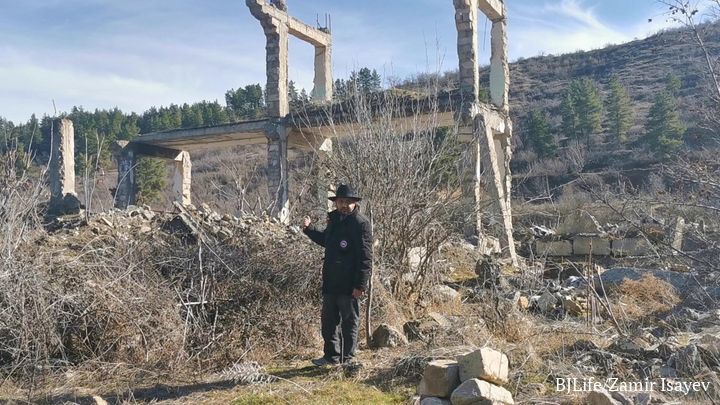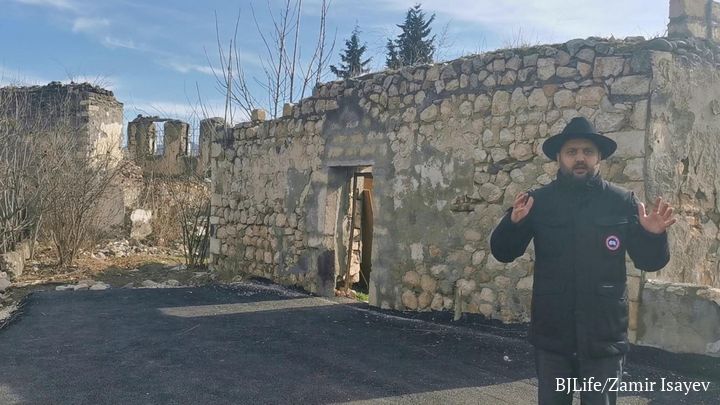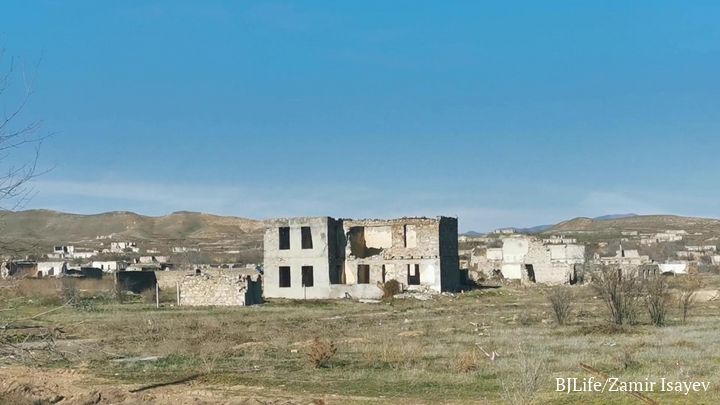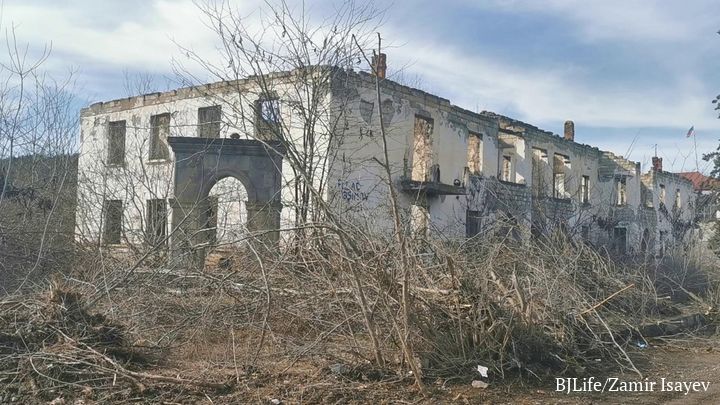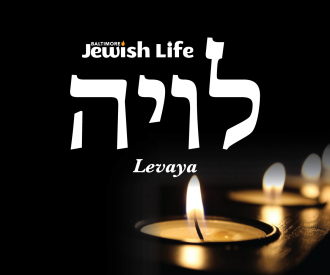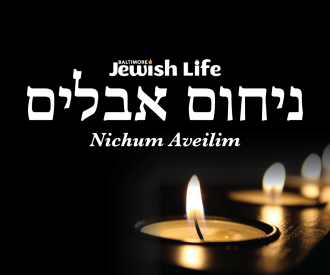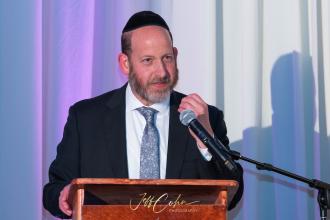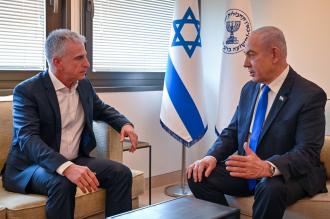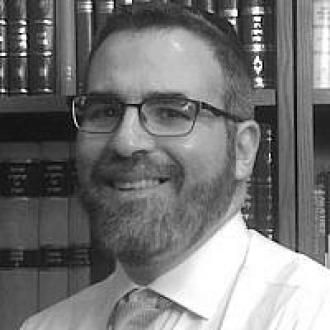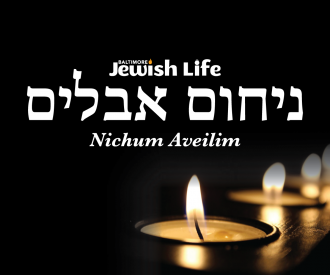Rabbi Isayev Bears Witness to Devastation: “It’s A Virtual Ghost Town”
February 8, 2021 -- Rabbi Zamir Isayev, became the first Israeli to visit the area liberated by the Azerbaijani army during last October’s military campaign. Born in Baku and raised in Israel, Isayev was granted access to tour the Füzuli District and the city of Zangilan on the Azerbaijan-Iran border, a restricted military zone, with a special permit from Azerbaijan’s military command and office of the President.
Isayev is Director of Baku’s Jewish School, whose many graduates took part in the fighting. “It was important for me to be able to see firsthand the places my former students fought to liberate,” he said. “Jews that fight in the Azeri army are the pride of our community and the entire country.”
Join BJL on WhatsApp Status: Click here to Join BJL status for engagements, births, deals, levayos, events & more
Join BJL on WhatsApp Groups: Click here to Join an official BJL WhatsApp group for breaking news as it happens
The city of Zangilan was the most important destination on the rabbi’s itinerary. The Zangilan District was occupied by Armenian troops on October 29, 1993, following the First Nagorno-Karabakh War, and had since been under de facto control of the unrecognized Republic of Nagorno-Karabakh. The territory, which was never historically part of Nagorno-Karabakh, was officially designated as occupied territory under a 1993 UN Security Council resolution. The Zangilan District was the last area of Azerbaijan under foreign occupation. Azerbaijani troops recaptured the city and the surrounding area in October 2020, allowing its nearly 43,000 former residents who were forced to leave their homes in 1993 to return.
Rabbi Isayev admits that he was shocked by the extent of the devastation caused by Armenian troops in 1993. All the city’s buildings – including an 18th century mosque, a hospital, and schools – were razed to the ground after Azerbaijani residents were killed in the massacre or forced to flee.
“I came to witness a virtual ghost town, a completely destroyed city that lay in ruins for nearly 30 years,” said Isayev. “Most of its structures have essentially been demolished. The Armenian occupiers clearly had no plans to settle here and only sought to destroy the site, proving that they never regarded this land as their own.”
Isayev says the scene of total devastation reminded him of the Khojaly Massacre of 1992, when Armenian armed forces murdered more than 613 ethnic Azerbaijani civilians, including 106 women and 63 children, in the town of Khojaly on February 26, 1992. An annual commemoration of the Khojaly Genocide, as it is now known, is held each year on that date. The Event is organized by the Vaad L’Hatzolas Nidchei Yisrael organization, whose office in Azerbaijan is headed by Rabbi Shmuel Simantov and Rabbi Isayev. This year marks the 29th anniversary of the tragic event.
Today, Azerbaijan’s liberated territories are undergoing an intense reconstruction, including the rebuilding of utilities and communication networks.

